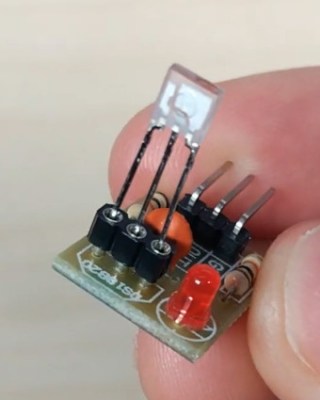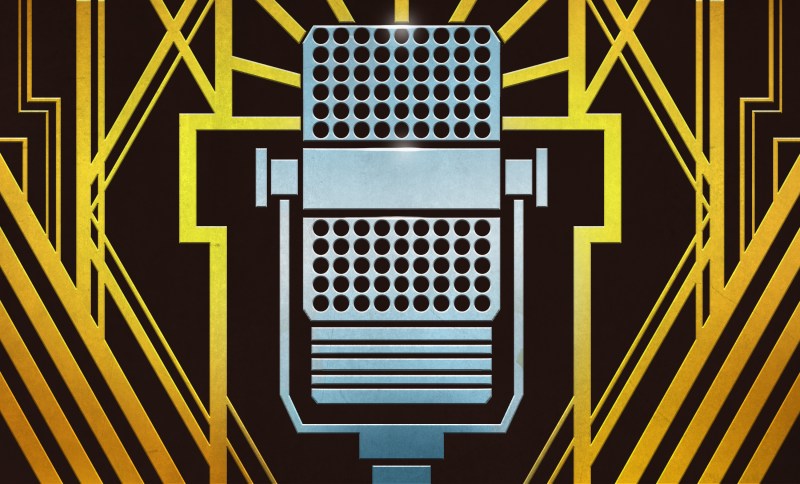Hackaday editors Elliot Williams and Mike Szczys reflect on great hacks of the past few days. Strain relief is something every electronics geek encounters and there’s a spiffy way to make your hot-glue look like a factory connector. There’s something in the air and it seems to be recreating early computers. Did you know astronauts are baking cookies they’re forbidden to eat? And did you hear about the 3D printer that’s being fed oil from the deep fryer?
Take a look at the links below if you want to follow along, and as always tell us what you think about this episode in the comments!
Take a look at the links below if you want to follow along, and as always, tell us what you think about this episode in the comments!
Direct download (60 MB or so.)
Episode 054 Show Notes:
New This Week:
- Hackaday Belgrade is May 9th!
- Voja Antonic’s origina Galaksija computer article (January 1984, use top arrows for navigation)
- Ask Hackaday: What’s Your Coronavirus Supply Chain Exposure?
Interesting Hacks of the Week:

- A Modern Take On The “Paperclip Computer”
- Automatic Component Tape Cutter For When Your Electronics Kit Hits The Big Time
- Xbox Controller Provides Intro To SWD Hacking
- Laser Tachometer Knows How Fast You Were Spinning Back There
- Cheap Strain Relief By Casting Hot Glue In A 3D Print
- Rollbot Crams Ten Arms Onto One Wheel
Quick Hacks:
- Elliot’s Picks:
- Mike’s Picks:
















PLEASE!
Reading “Clippy” and “Computer” in the same sentence brings back frightful memories!
B^)
“”It looks like you’re trying
to write a comment
would you like help? “”
“”It looks like you’re trying
to kill Clippy.
would you like help? “”
FTFY
No solder in the paper clip computer. connections were primarily done with screws. Mikes version also uses relays and digital logic chips.
Cool! Thanks. I totally botched that bit talking about the original, b/c I was fixated on Mike’s. Now that you mention it, those are clearly tacks or screws and not solder blobs.
Using normal switches instead of paper clips is pure win, though.
The component for the laser detector tachometer that you mention in your podcast is an optical schmitt trigger OR OPIC light detector. So basically an amplified detector. There’s a sharp IS485 or IS486 component with similar pinout – see datasheet. Maybe there is a chinese equivalent. Try looking for OPIC .
The board says DS1 8B20 which is a digital temperature so they’re probably just re-using a breakout board for another device.
And the unknown optical sensor is a TAOS device, either a TS235 or a TS245. It’s also facing the wrong way because the sensing face is the front and that’s backwards.